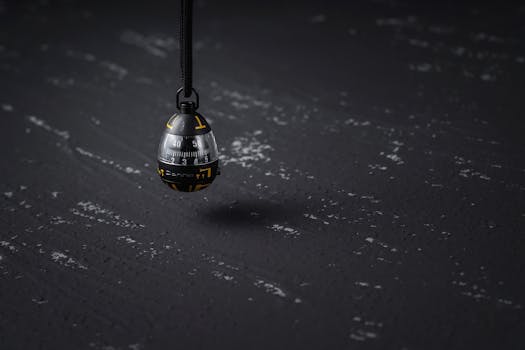What is timer with multiple intervals?

What is timer with multiple intervals?
A timer with multiple intervals is a powerful tool that can revolutionize your approach to time management. Imagine having a method to break your tasks into manageable segments, allowing you to maintain focus while also taking breaks. This technique is especially beneficial in our fast-paced world, where distractions are everywhere. By using a timer with multiple intervals, you can boost your productivity and create a more balanced work-life dynamic.
Understanding the Basics of Timer with Multiple Intervals
To fully appreciate the benefits of a timer with multiple intervals, it’s essential to understand what it is and how it works.
Definition of Timer with Multiple Intervals
A timer with multiple intervals is designed to allow users to set various time segments for specific tasks. For instance, you might set a 25-minute work session followed by a 5-minute break, then repeat this cycle. This technique, often referred to as the Pomodoro Technique, helps in structuring your work and ensuring you don’t get overwhelmed.
Comparison to Traditional Timers
Unlike traditional timers that count down a single duration, a timer with multiple intervals offers flexibility and adaptability. Traditional timers can be effective, but they lack the structured breaks that are crucial for maintaining focus. With a timer that has multiple intervals, you can tailor your sessions to fit your needs, enhancing your overall productivity.
For example, if you’re studying for an exam, you can set a timer for intense study sessions followed by breaks to recharge your brain. This method not only helps in retaining information but also in managing fatigue.
Benefits of Using a Timer with Multiple Intervals
Implementing a timer with multiple intervals in your daily routine can have significant advantages.
Enhanced Productivity
One of the primary benefits of using a timer with multiple intervals is enhanced productivity. By breaking tasks into smaller, focused segments, you can tackle projects without feeling overwhelmed. Each time you complete a segment, you get a sense of accomplishment that motivates you to continue.
Improved Focus and Reduced Distractions
Maintaining focus can be challenging, especially with constant notifications and distractions. A timer with multiple intervals can help combat this issue. By committing to a specific time frame, you create a mental zone that encourages concentration. You know you’ll have a break soon, which can help you resist the urge to check your phone or browse the web.
Better Time Management
Using a timer with multiple intervals cultivates better time management skills. As you get accustomed to structuring your tasks within these intervals, you start to recognize how long various activities take. This awareness allows you to plan your day more effectively, ensuring you allocate enough time for work, breaks, and leisure.
How to Implement a Timer with Multiple Intervals
Now that you understand the benefits, let’s explore how you can effectively use a timer with multiple intervals in your routine.
Choosing the Right Timer App or Tool
Selecting the appropriate timer app or tool is crucial for successful implementation. Many apps are available that offer customizable interval settings. Some popular options include Interval Timer HIIT Timer for Apple users and Interval Timer for Android users. You can also find online options like the Interval Timer that can be accessed from any device.
Setting Up Your Intervals
When setting up your intervals, consider the tasks at hand. For tasks requiring deep concentration, longer work intervals of around 25-30 minutes may be effective, followed by short breaks of 5-10 minutes. You can experiment to find the right balance that suits your workflow.
Integrating with Daily Tasks
Integrate your timer with daily tasks by scheduling specific activities. For instance, you might set aside time for emails, project work, and meetings, ensuring that you allocate breaks in between. This structure helps you stay on track throughout the day.
Best Practices for Using a Timer with Multiple Intervals
To maximize the effectiveness of your timer, follow these best practices.
Experimenting with Different Intervals
Don’t be afraid to experiment with different interval lengths. What works for one task might not work for another. Try varying the length of your work sessions and breaks to discover the most productive combination.
Staying Flexible and Adjusting as Needed
Flexibility is vital when using a timer with multiple intervals. If you find that a specific interval isn’t working for you, adjust it. Perhaps you need longer breaks or shorter work sessions. Listen to your body and mind; they’re your best guides.
Conclusion
In summary, a timer with multiple intervals can be an invaluable asset in improving your productivity and time management skills. By utilizing this technique, you can enhance your focus, reduce distractions, and create a more structured approach to your daily tasks. I encourage you to try incorporating a timer with multiple intervals into your routine. You might just find that it transforms the way you work and helps you achieve a better work-life balance.
Remember, the key to success lies in finding what interval structure works best for you, so don’t hesitate to experiment and adapt as necessary!